The large number of immigrants coming into the country at the turn of the century led to crowded living conditions in city tenements.

While Jane Addams was on a trip abroad in the 1880s, she was horrified to watch the sale of decaying fruits and vegetables to the poor. After visiting Toynbee Hall, the world’s first settlement house located in an impoverished section of London, England, she was inspired by the progressive work being done there.
Addams realized that America had its share of poverty-stricken areas. In her home state of Illinois, the city of Chicago had grown quickly in the second half of the 1800s. Its rapid industrial growth had attracted large numbers of immigrants. Many of the newcomers lived in overcrowded conditions. With her friend Ellen Gates Starr, Addams decided to establish a residence in which privileged young women like her would get to know and assist working-class immigrants by living and working among them.
The two women found and fixed up a rundown mansion that had been built by Charles J. Hull, an early Chicago pioneer. The house was located in an immigrant neighborhood that was lean on resources but rich in spirit and culture. In September 1889, Addams and Starr moved into HullHouse. It was Chicago’s first settlement house and one of the first such places to be established in the United States.
Immigrants faced many difficulties. Few spoke English. They often were unable to find work or took the most menial, low-paying jobs. Entire families, including children, worked for pennies a day in factories. Few homes had indoor water or plumbing.
This story is from the April 2017 edition of Cobblestone American History Magazine for Kids.
Start your 7-day Magzter GOLD free trial to access thousands of curated premium stories, and 8,500+ magazines and newspapers.
Already a subscriber ? Sign In
This story is from the April 2017 edition of Cobblestone American History Magazine for Kids.
Start your 7-day Magzter GOLD free trial to access thousands of curated premium stories, and 8,500+ magazines and newspapers.
Already a subscriber? Sign In
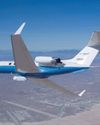
Eye in the Sky
An interview with Joe Piotrowski
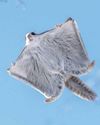
Airborne Animals
Humans have taken to the skies in balloons, gliders, and airplanes-but we're not alone among the clouds. Animals of all sorts have evolved to harness wind power.
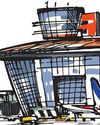
TAKING OFF
The Wright brothers expected airplanes to “take off,” but even they might be amazed at the way the airline industry has become big business. In the past, it was expensive to send something by plane.

GROWTH OF AN INDUSTRY
After their historic flight at Kitty Hawk in 1903, Wilbur and Orville Wright returned to Dayton, Ohio. They spent the next few years making adjustments and building additional versions of their powered aircraft in their bicycle shop.
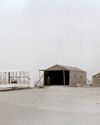
WHY KITTY HAWK?
The Wright brothers searched carefully for the best place to test their gliders and flying machines. Their main concern was for good, steady winds. But they also hoped to find a remote location to allow them to perform tests away from the public eye.
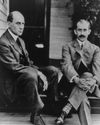
Two Brothers From Ohio
Most people do not realize that the Wright brothers—Wilbur, born in 1867, and Orville, born in 1871—performed various scientific experiments before inventing their aircraft. For as long as anyone in their hometown of Dayton, Ohio, could remember, the Wright boys had worked on mechanical projects.
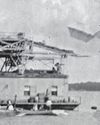
A Helping Hand
May 6, 1896. A group of people who had gathered beside the Potomac River, just south of the U.S. capital, grew quiet. Then, it erupted in cheers as a small, unmanned aircraft took to the skies and flew for more than half a mile. The flight came seven years before the Wright brothers’ first manned, powered flight. The inventor of the aircraft was Dr. Samuel Pierpont Langley.
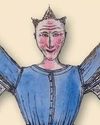
THE IDEA MEN
People dreamed of flying thousands of years before the Wright brothers found success near Kitty Hawk, North Carolina. These dreamers, such as Leonardo da Vinci, studied birds flying and imagined how humans might do the same—if only they had wings. Other men developed a more hands-on approach to the topic. Early inventors made wings of cloth, glue, and feathers and tied these creations to their arms in an attempt to imitate nature.

Da Vinci's 4 Designs
Have you ever wondered how a bird flies? Leonardo da Vinci (1452–1519) did. He thought that understanding how a bird flies would provide the key to human flight. So, what did da Vinci learn from birds?

Silken Wings
Seven hundred years before the Wright brothers began experimenting with human flight, the Chinese had already mastered its secrets—with kites.